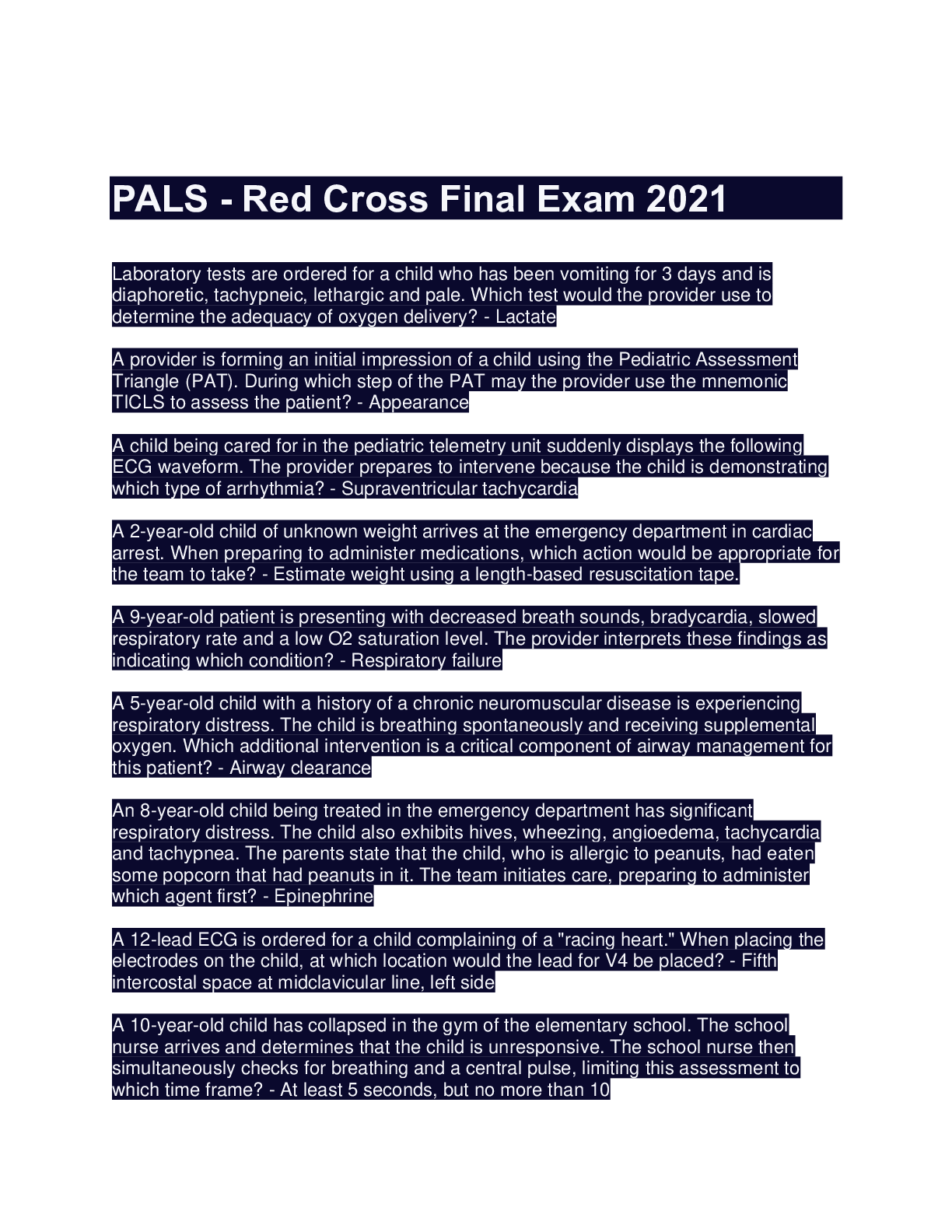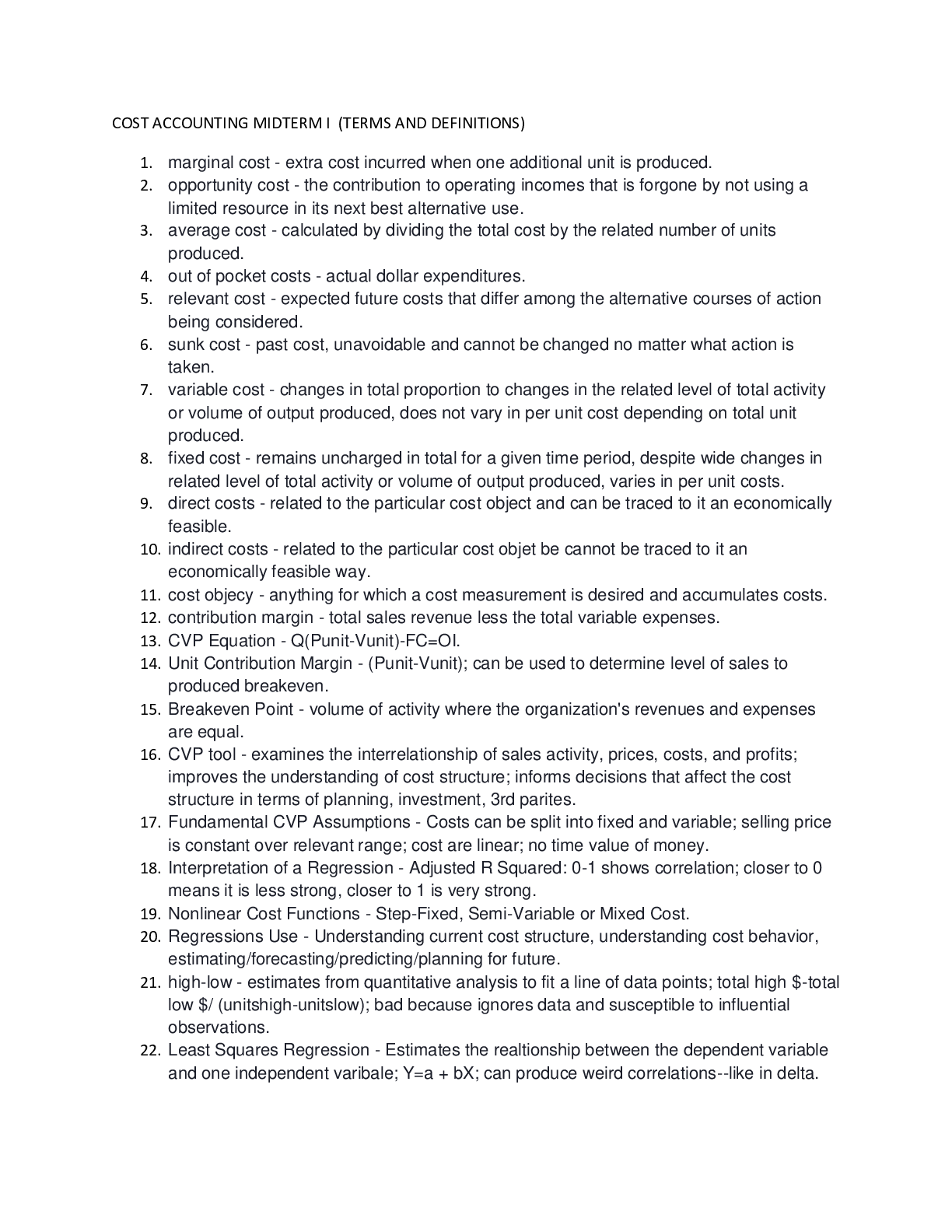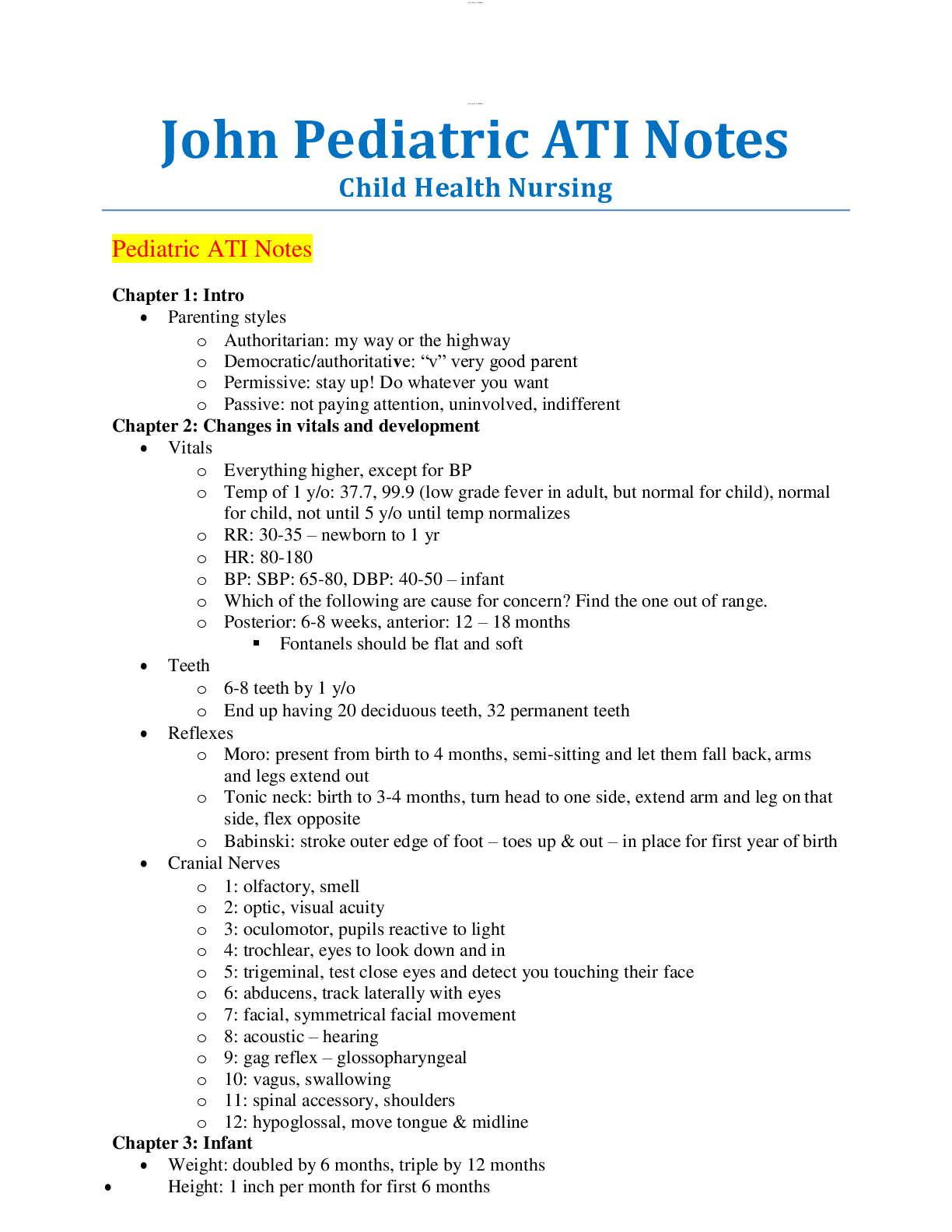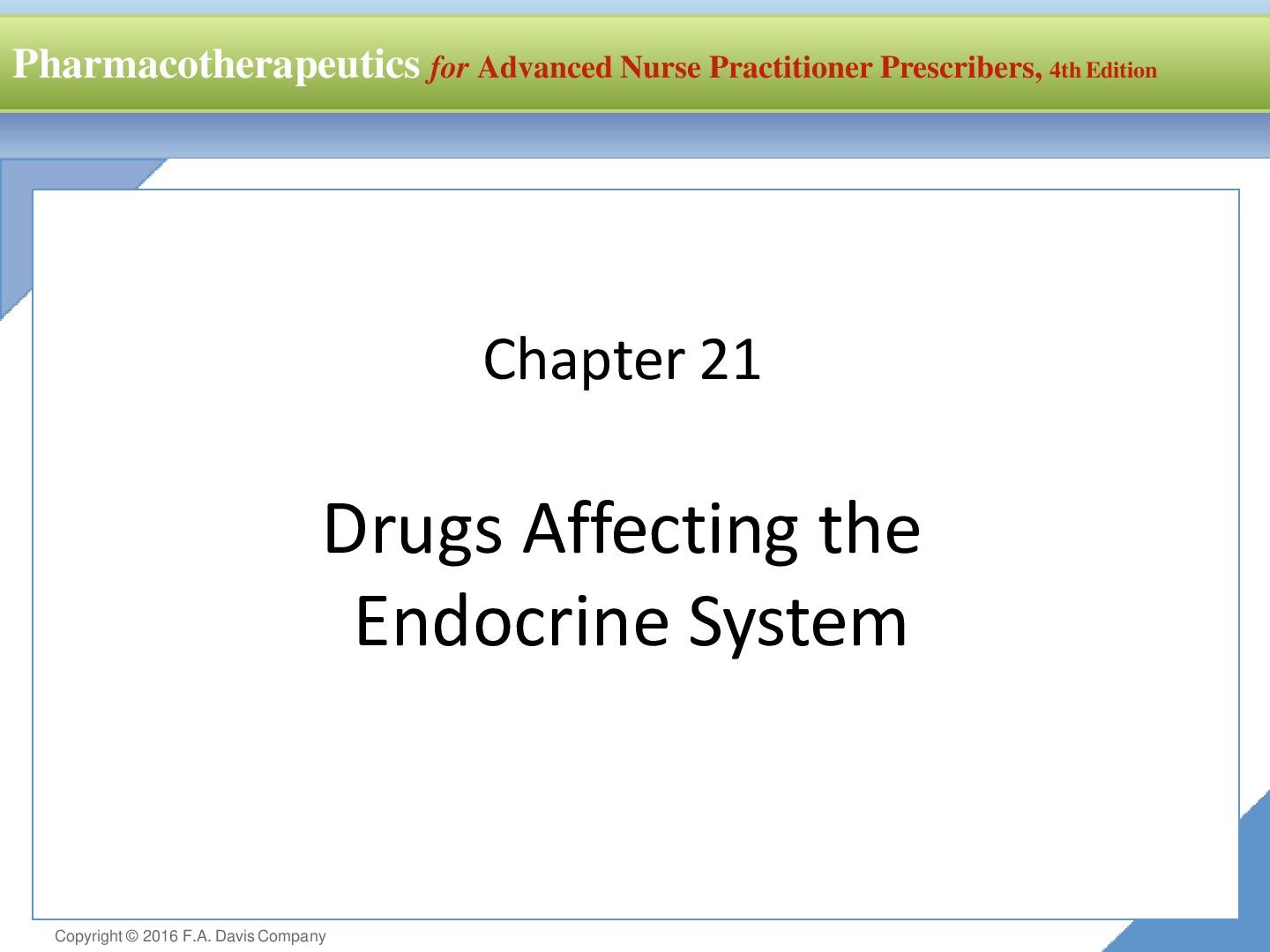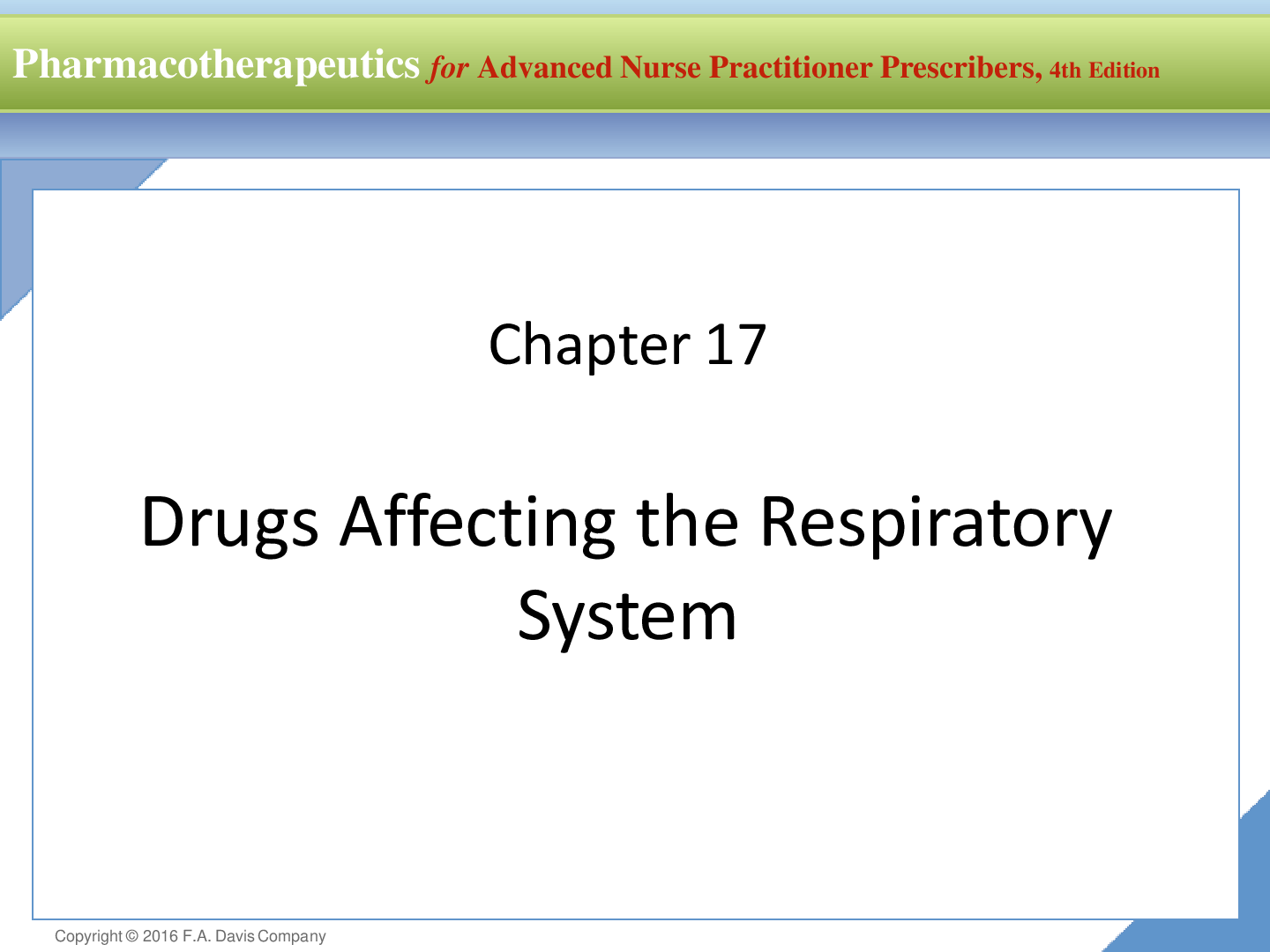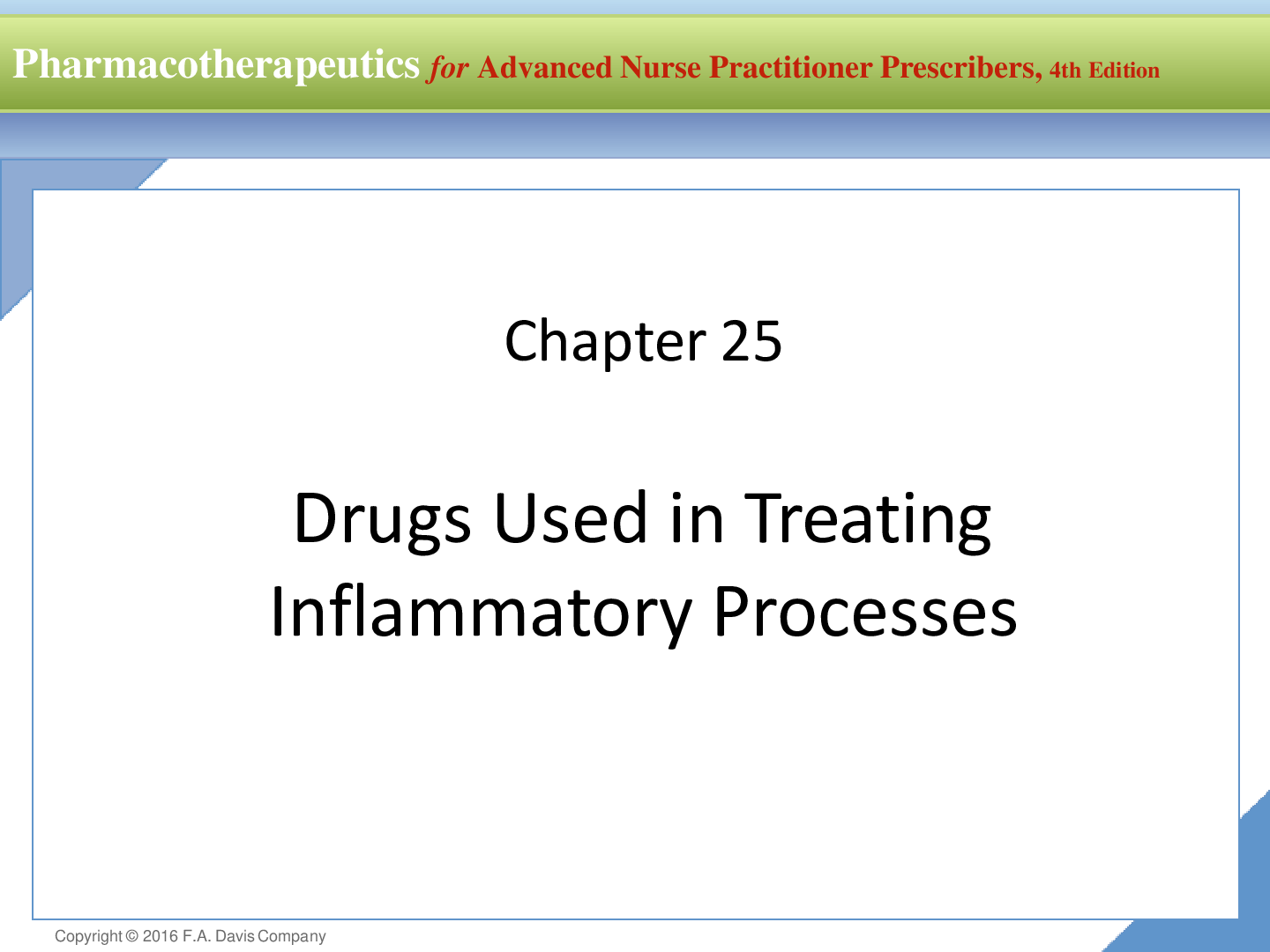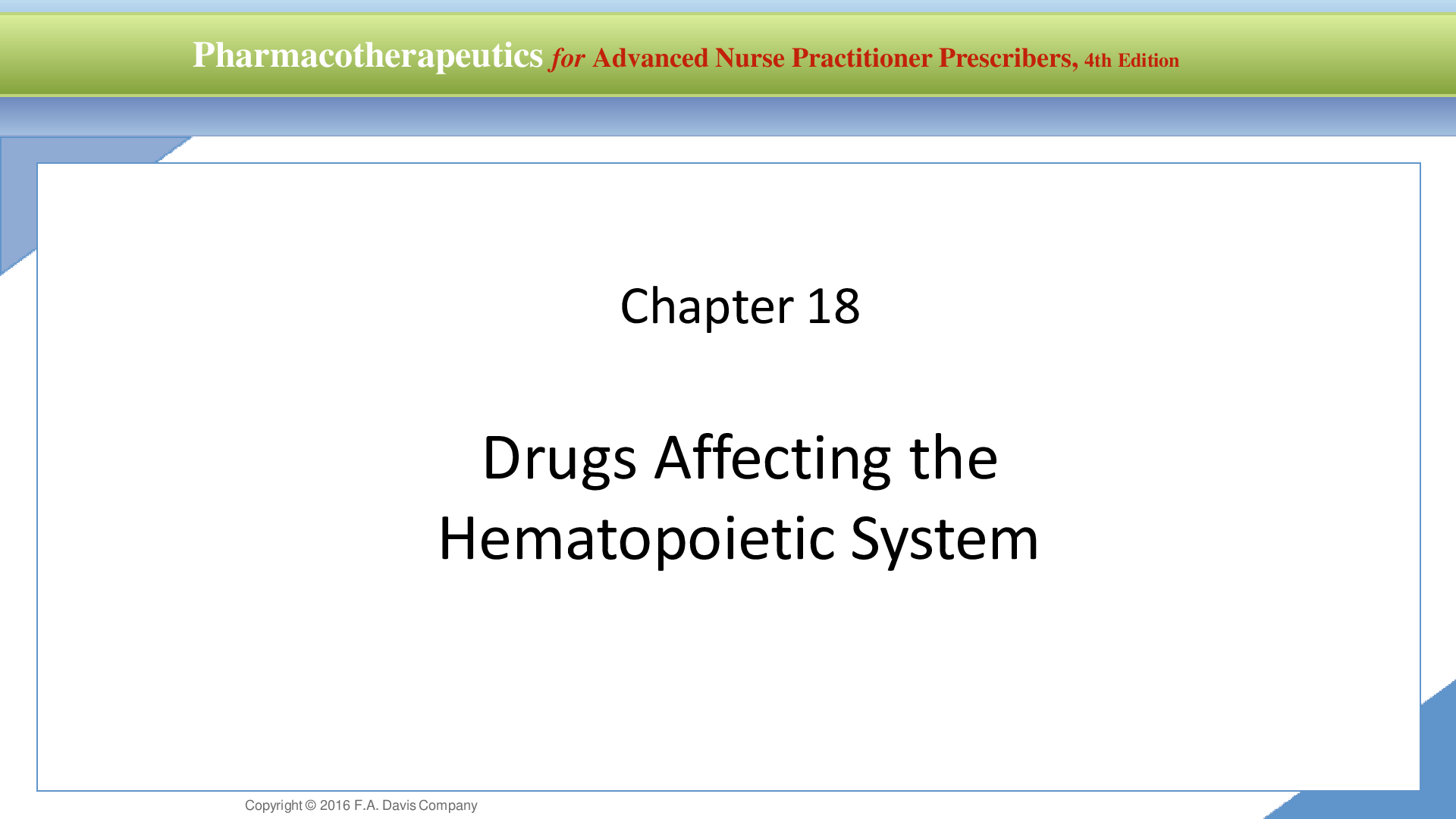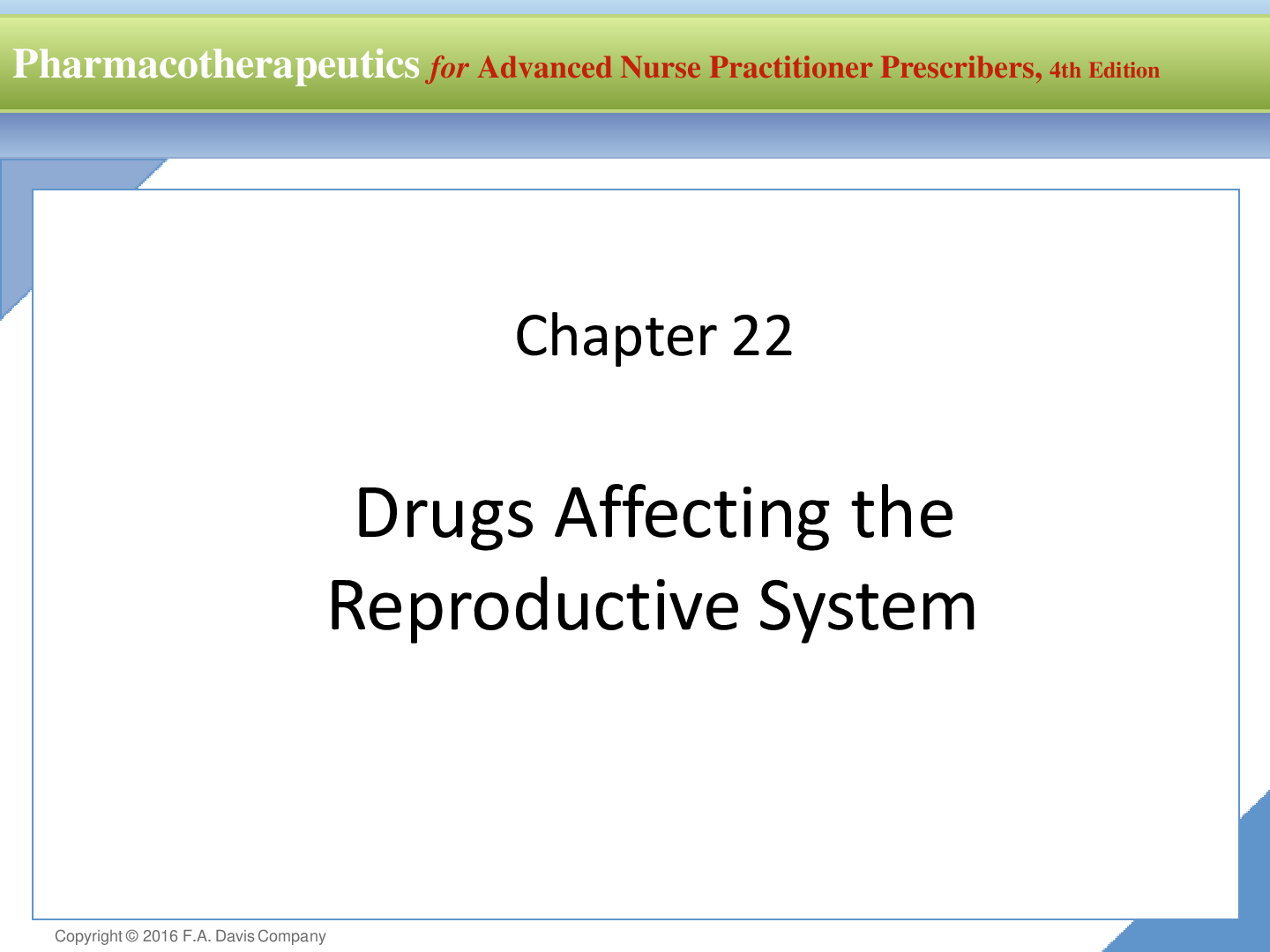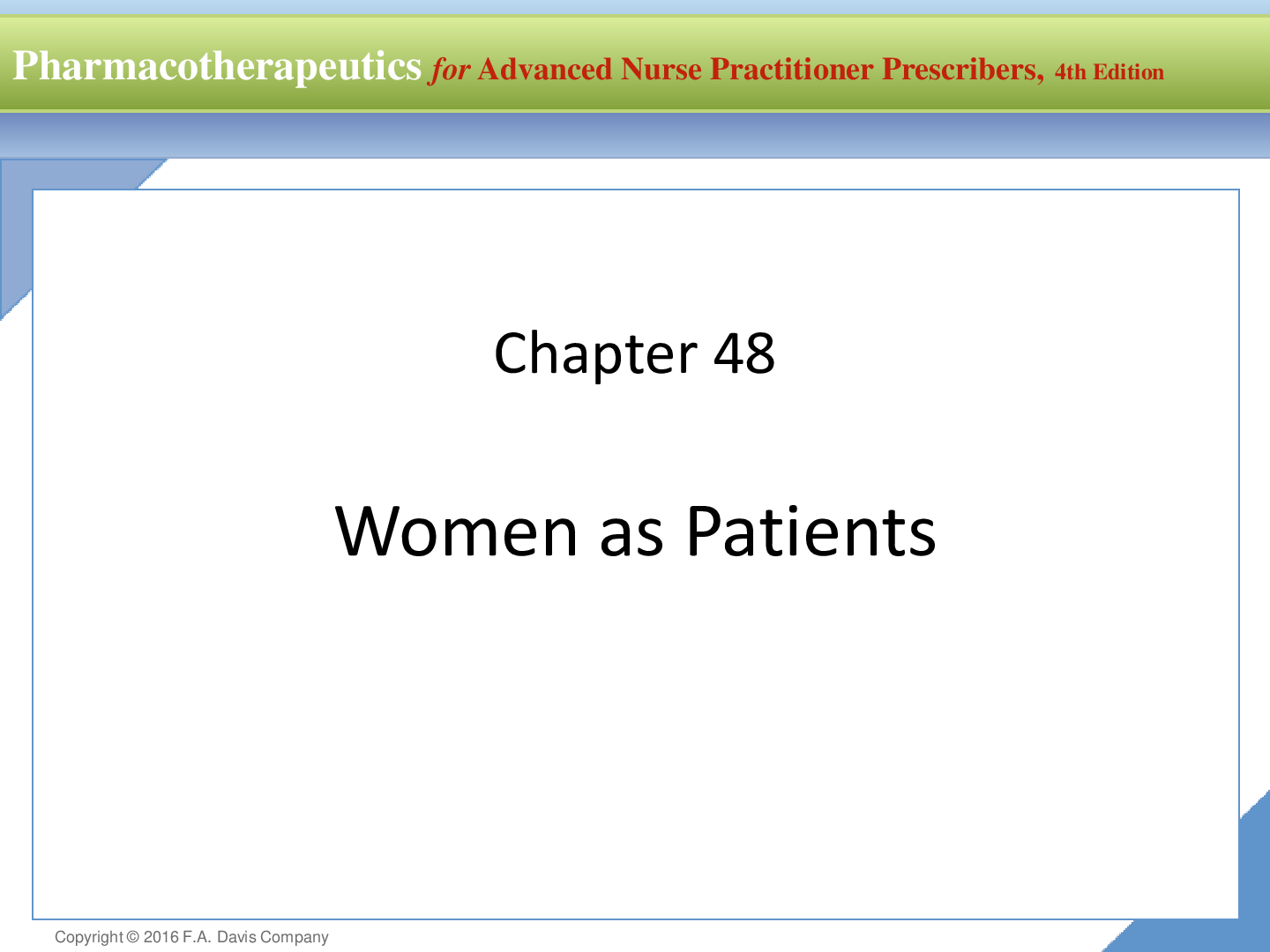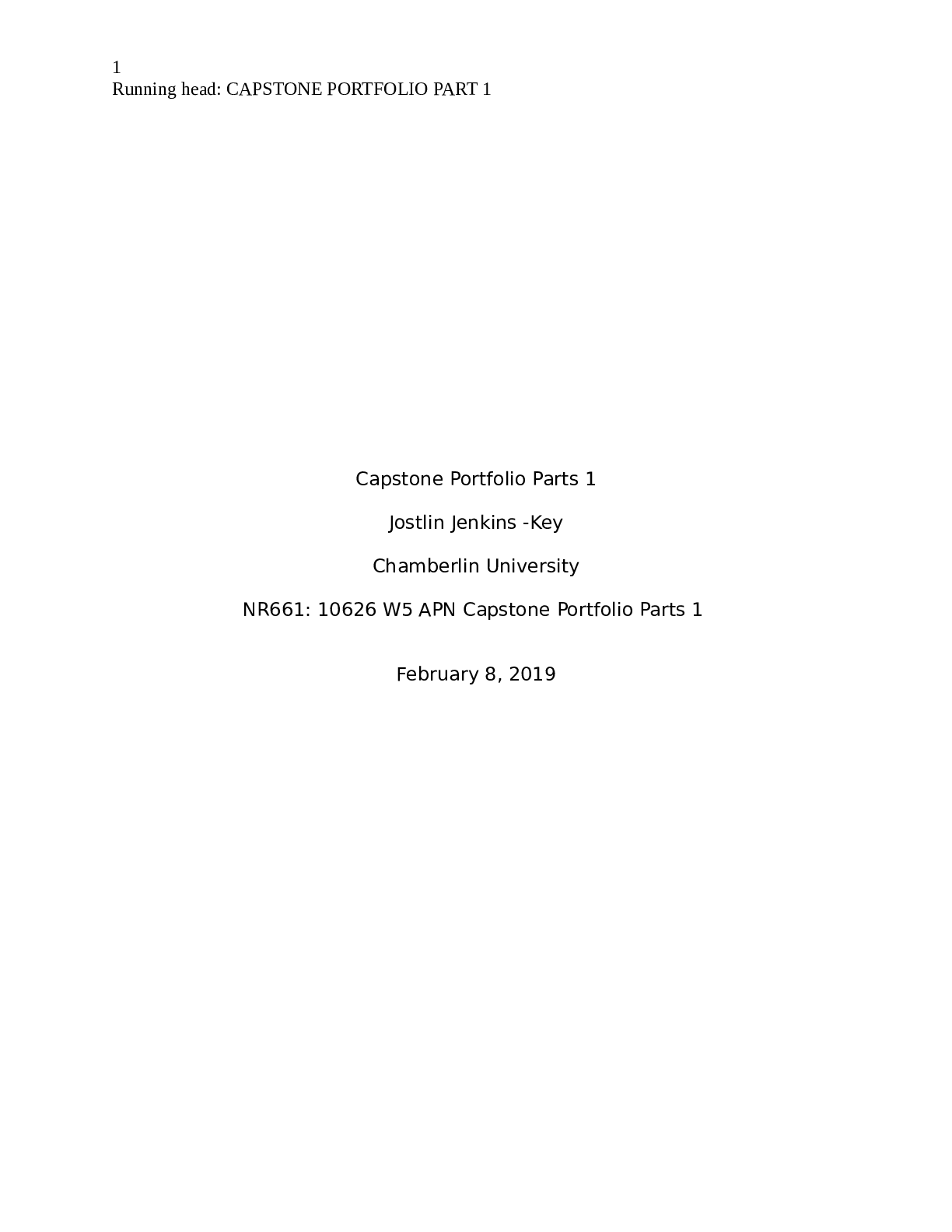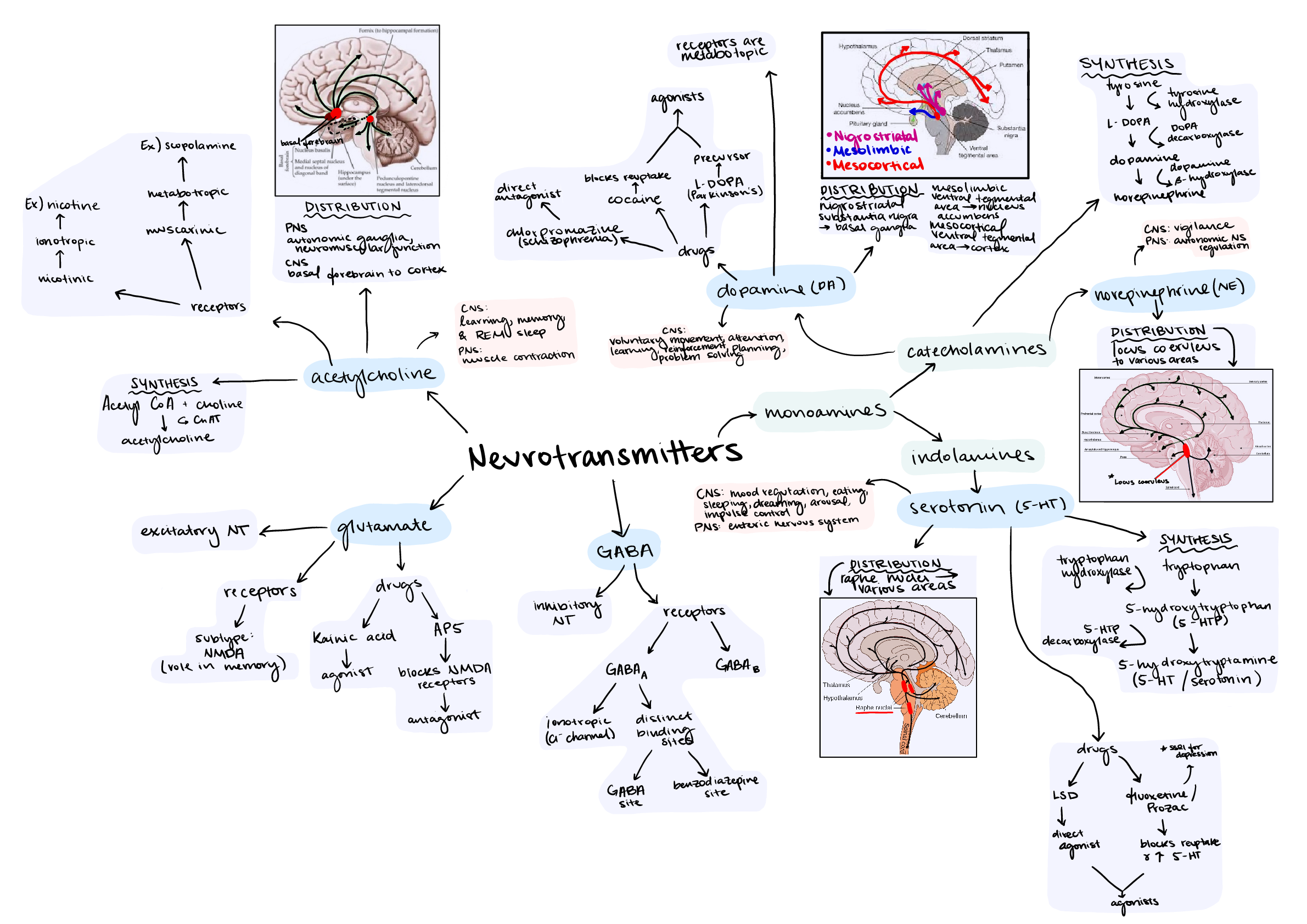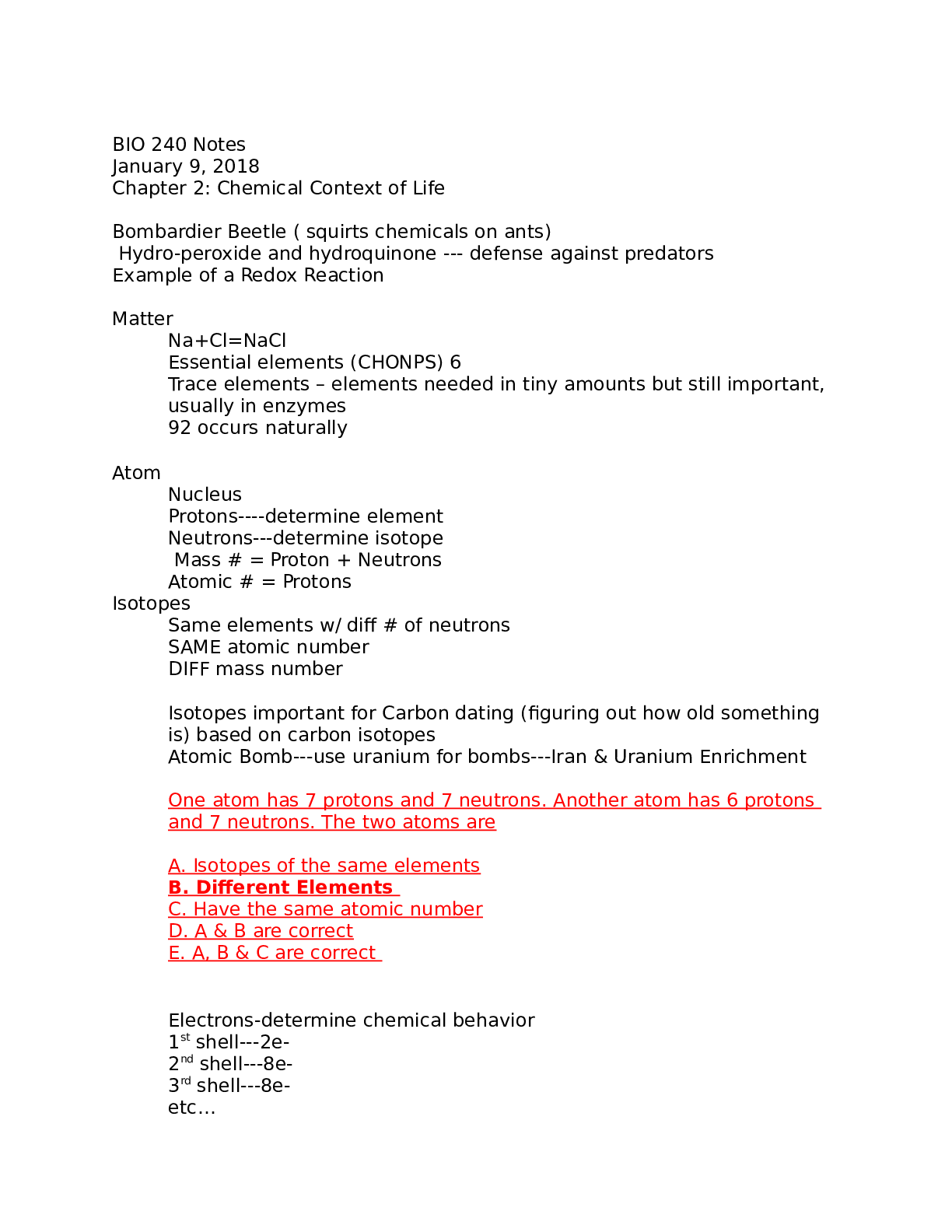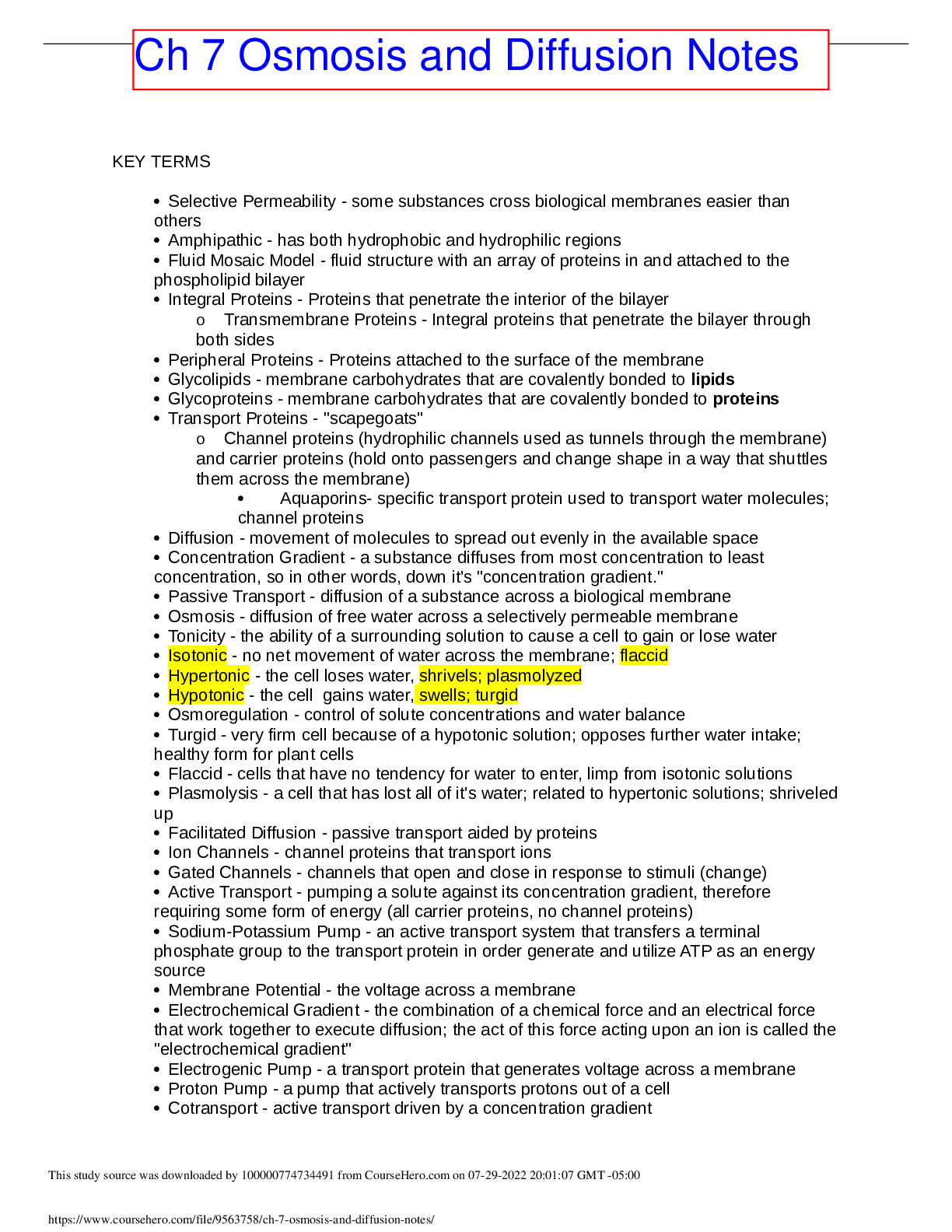*NURSING > Class Notes > HEALTH ASSESSMENT STUDY GUIDE (All)
HEALTH ASSESSMENT STUDY GUIDE
Document Content and Description Below
Neck: tracheal shift definition: Tracheal deviation (usually midline) is a clinical sign that results from unequal intrathoracic pressure within the chest cavity. It is most commonly associated with t... raumatic pneumothorax, but can be caused by a number of both acute and chronic health issues, such as pneumonectomy, atelectasis, pleural effusion, pleural fibrosis, or some cancers (tumors within the bronchi, lung, or pleural cavity) and certain lymphomas associated with the mediastinal lymph nodes. The trachea is pushed to the unaffected side in cases of a tumor, enlarged thyroid lobe, pneumothorax, or with an aortic aneurysm. Bruit: The thyroid gland is usually not palpable. Auscultate the thyroid only if you find an enlarged thyroid gland during inspection or palpation. A soft, blowing, swishing sound auscultated over the thyroid lobes is often heard in hyperthyroidism because of an increase in blood flow through the thyroid arteries. Auscultate carotid artery: A bruit, a blowing or swishing sound caused by turbulent blood flow through a narrowed vessel, is indicative of occlusive arterial disease. Headache definition & types: Hypertensive headache, Cluster HA, tension HA & Migraine HA Sinus: Deep, constant, throbbing pain; pressure-like pain in one specific area of face or head (e.g., behind eyes); face tender to the touch Cluster: Stabbing pain; may be accompanied by tearing, eyelid drooping, reddened eye, or runny nose. Location: Localized in the eye and orbit and radiating to the facial and temporal regions. Has a sudden onset; may be precipitated by ingesting alcohol. Severity: Intense very painful around one eye. Comes & goes 1hr-2hr, more in men Migraine: Accompanied by nausea, vomiting, and sensitivity to noise or light; Location: Affects one side of face, May have prodromal stage (visual disturbances, vertigo, tinnitus, numbness or tingling of fingers or toes); may be precipitated by emotional disturbances, anxiety, or ingestion of alcohol, cheese, chocolate, or other foods and substances to which client is sensitive. More in females due to hormone imbalances Tension: Dull, tight, diffuse; Location: Usually located in the frontal, temporal, or occipital region. Severity: Aching, more in women Hypertension: Headaches caused by high blood pressure are not chronic, but when a person has an episode, it is usually quite severe. It takes a blood pressure of 180/120 or higher to trigger a headache episode. Ranges from mild to severe depending on how high a person’s blood pressure is at the onset of the headache. The headache itself is caused by a phenomenon called autoregulation (constricts vessels when b/p elevates causing pain) Nose: Turbinates(superior, middle, inferior) project from the lateral walls of the nasal cavity, they increase surface area that is exposed to in coming air , columella (Nasal septum) , Kiesselbach’s plexus: rich blood supply of blood vessels and is common site for nose bleeds(press on at end of boney part to stop); Mucous blanket: Ciliated mucosa cells propel debris toward the throat where it is swallowed. CN1 smell (men have decreased ability to smell). Face: stroke signs: A sudden, severe headache with no known, sudden trouble seeing in one or both eyes or sudden trouble walking, dizziness, or loss of balance or coordination, sudden weakness or numbness in the face, arms, or legs—especially on one side of the body Epistaxis(nose bleed), agenesis(failure of all or part of an organ to develop during embryonic growth), dysphagia(difficulty swallowing), xerostomia(dry mouth) Mouth: normal findings of tongue - no unusual or foul odor, tongue should be pink, moist, a moderate size with papillae the tongue offers strong resistance (CNXII movement of tongue); Abnormal: Fruity or acetone breath is associated with diabetic ketoacidosis. An ammonia -kidney disease. Foul odors may indicate an oral or respiratory infection, or tooth decay. - uvula: symmetrical in the midline. No redness of or exudate from uvula or soft palate (Palate fails to rise and uvula deviates to normal side with cranial nerve X vagus paralysis) -palate: hard palate is pale or whitish with firm, transverse rugae; soft palate should be pinkish, movable, spongy, and smooth. - frenulum is midline EYE: intraocular pressure (causes, how diagnosed) Aqueous humor fills the posterior and anterior chamber and maintains intraocular pressure. Double vision (diplopia) may indicate increased intracranial pressure due to injury or a tumor. Tonometry is used to measure pressure within the eye. Normal eye pressures range from 10 to 21 millimeters of mercury (mm Hg). Eye pressures greater than 22 mm Hg increase one’s risk for developing glaucoma. However, people with normal eye pressure may develop glaucoma CONTINUED........................................ [Show More]
Last updated: 1 year ago
Preview 1 out of 11 pages
Reviews( 0 )
Document information
Connected school, study & course
About the document
Uploaded On
Apr 14, 2021
Number of pages
11
Written in
Additional information
This document has been written for:
Uploaded
Apr 14, 2021
Downloads
0
Views
169

